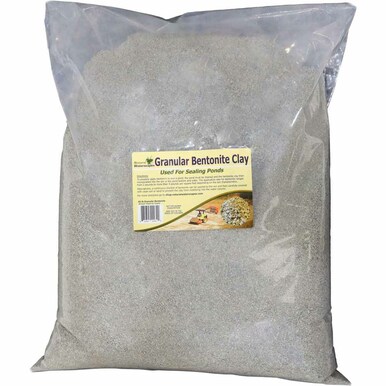I used the kitty litter a few years ago in an sps dominant tank. It was a take on Miracle Mud, they are very similar as the kitty litter is actually Fullers earth but make sure it's unscented with no additives etc. It does work very well, but if memory serves me right, 50% should be changed every year, please do more research before taking that as Gospel.
hard to find "pure" Fullers earth for a reasonable price IME, it's why I had to go with zeolite instead, Dr. Novak suggested it could work in the same manner (being relatively inert once it's "locked up") and it's supposed to prioritize ammonia anyway... Either way, I still don't quite understand how Zeolites and "selectivity" works... it's a chemistry question that I believe Dr Farley Holmes examined about 15 years ago according to some archived message board posts I found, but nobody needs the info anymore...



















